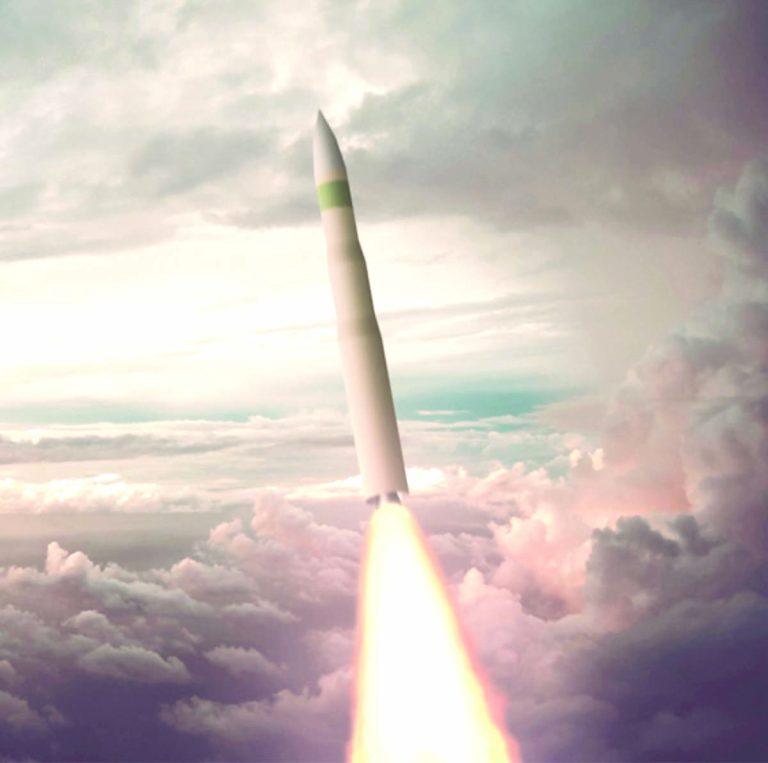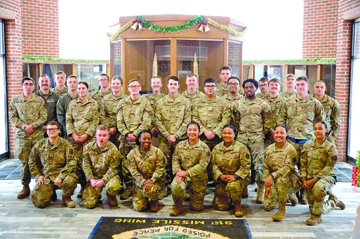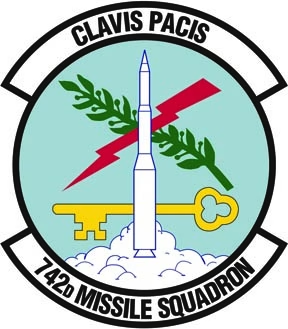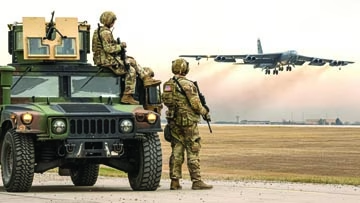The LGM-35A Sentinel program to replace the Minuteman III intercontinental ballistic missile is “struggling” due to the breadth of its scope and the fact that it has been so long since the Air Force has done a wholesale ICBM replacement—making cost estimation iffy—Air Force Secretary Frank Kendall said Nov. 13.
Speaking at the Center for a New American Security, Kendall said the Sentinel—formerly called the Ground Based Strategic Deterrent and being built by Northrop Grumman—is “quite honestly, struggling a little bit.”
He added there are “unknown unknowns that are surfacing, that are affecting the program” and the Air Force is going to have to work through them.
Of the Air Force’s two main nuclear deterrent programs in development—Sentinel and the B-21 Raider,—Kendall said he is “cautiously optimistic” about the bomber, which made its first flight Nov. 10, is but “more nervous” about the ICBM.
“Sentinel is one of the most large, complex programs I’ve ever seen,” Kendall explained. “It’s probably the biggest thing, in some ways, that the Air Force has ever taken on, because it’s a vast real estate development; a civil engineering program; a fairly vast communications, command, and control program as well as, of course, the missile itself.”
The program was actually started during the Obama administration, when Kendall was the undersecretary of defense for acquisition, technology and logistics.
“When we put that program together, the early stages of it, we got a huge uncertainty in the cost estimate,” said Kendall.
The uncertainty was driven by the “number of decades since we’ve done this. It’s been a very long time since we did an ICBM.” The previous ICBM deployment project, the Minuteman III, dates back to the 1960s and 1970s.
The Sentinel program involves “complex real estate” considerations for the missile fields, as well as the construction of new launch control complexes and a new command and control system to go with it, he said.
At the program outset, “we got to go assess all that to see what might need to be replaced, and how hard a job that was going to be,” Kendall recalled. “That was one of the sources of the unknown unknowns.”
“As we understand more deeply what we are actually going to have to do, we’re finding some things that are going to cost money,” said Kendall. “There’s no question about that. And we’re trying to assess how much of an impact that’s going to have and what kind of adjustments we’re going to make because of it.”
Kendall did not elaborate on the adjustments that might have to be made to the program, which is to have new missiles ready for action by 2030. He said he could not be more specific about either the B-21 or Sentinel because he is recused from decisions on projects involving Northrop, having done work for the company while he was out of government.
“I can’t make any decisions about those programs. I get to watch and hope for the best,” he said.
The Government Accountability Office said in June that Sentinel is about a year late and is edging close to the no-fail initial operational capability date of September 2030 required by Air Force Global Strike Command. The watchdog agency chalked up delays to staffing shortfalls and supply chain interruptions, as well as added cybersecurity requirements. The GAO also called the program “complex,” and noted that the Critical Design Review is slated for the spring of 2024, with low-rate initial production of the missile itself expected two years after that.












